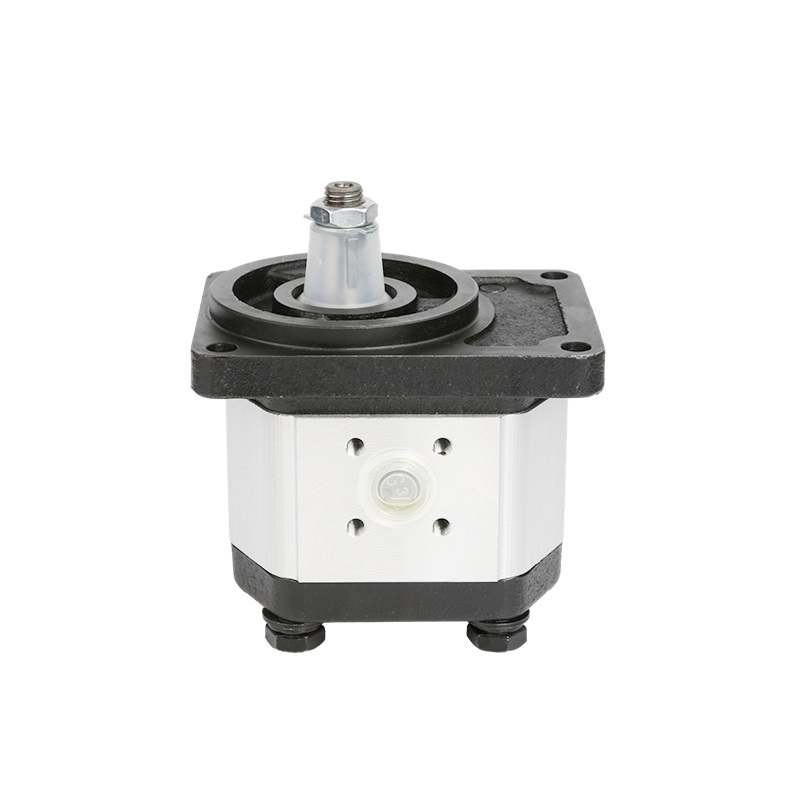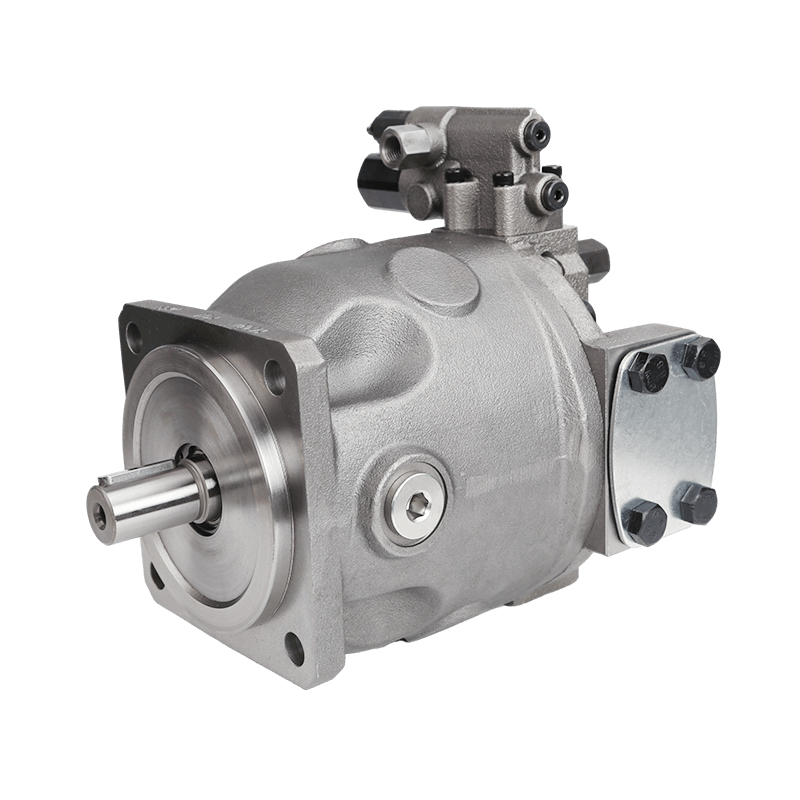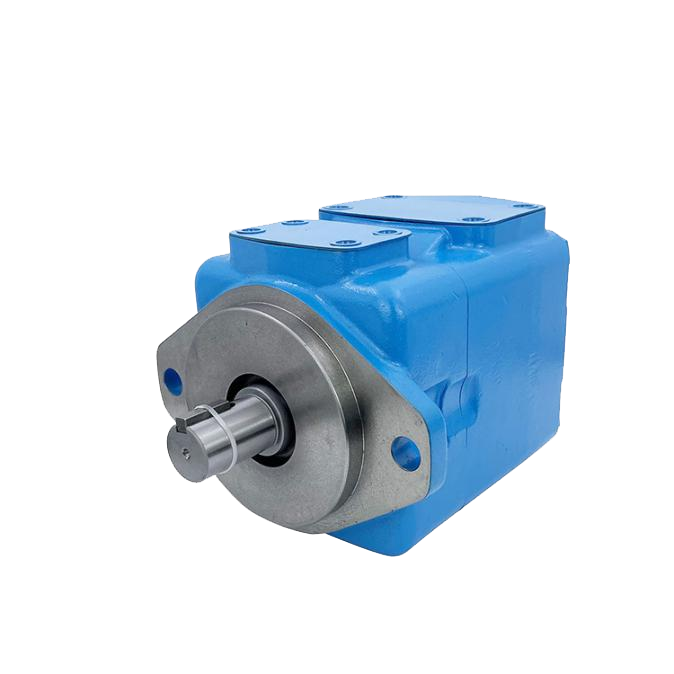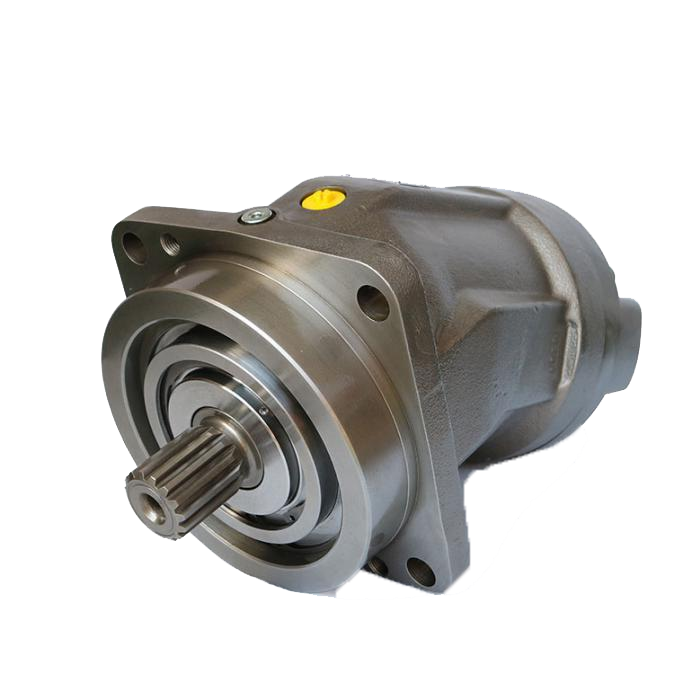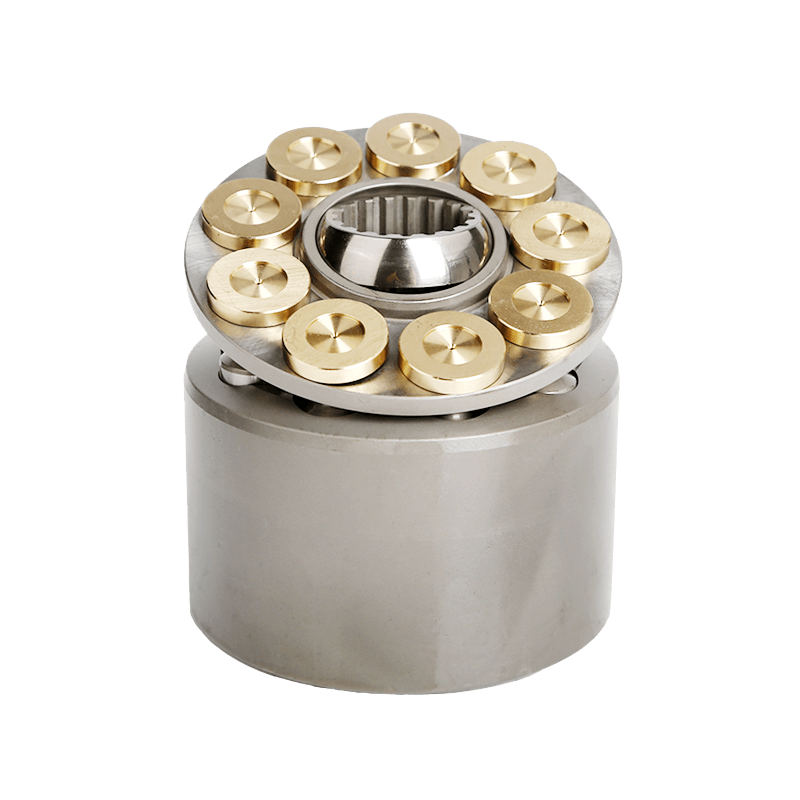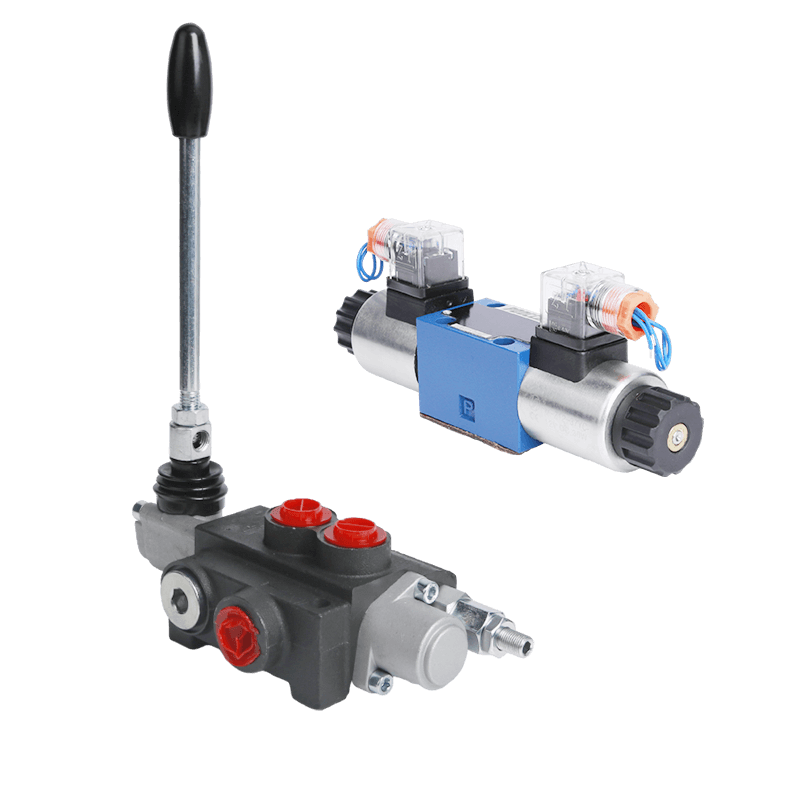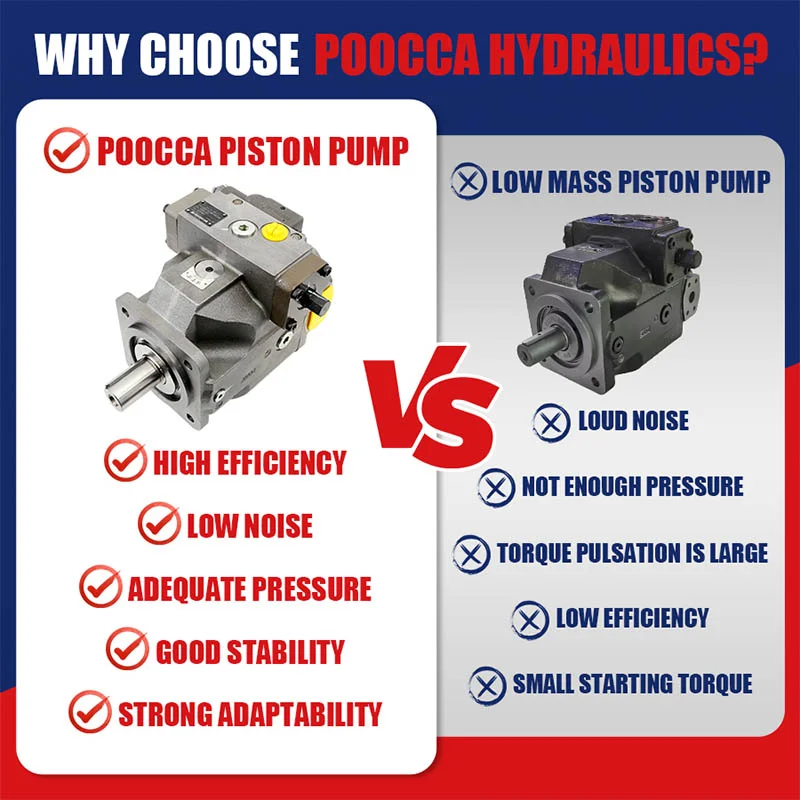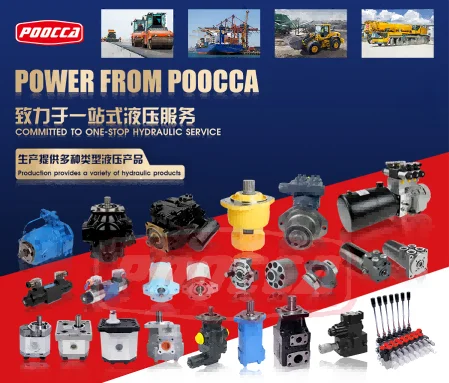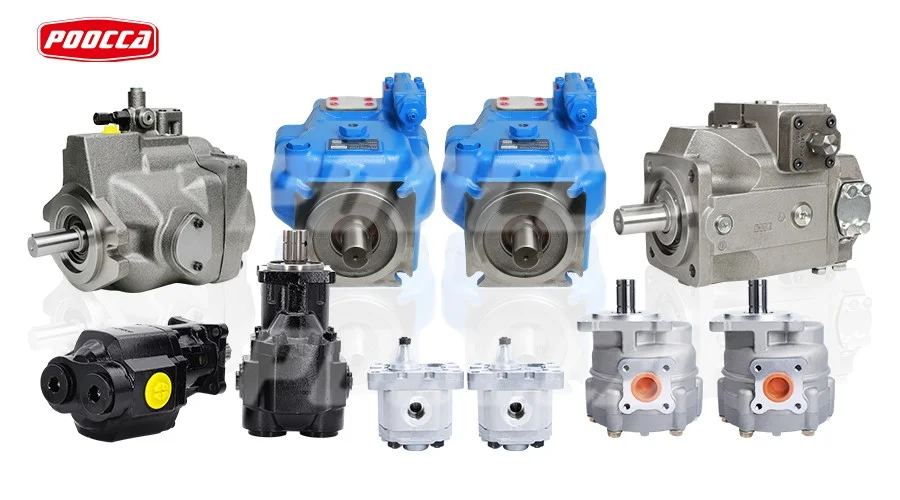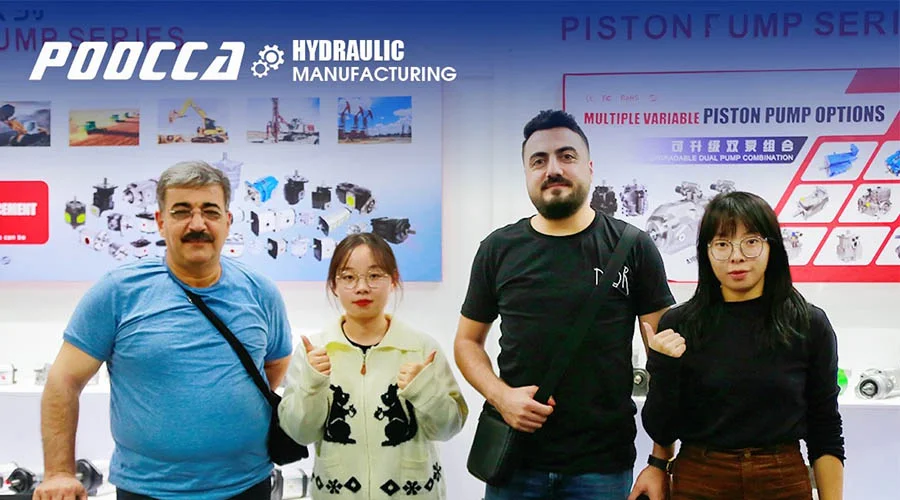Hydraulic systems are the behind-the-scenes workhorses of many industries, energizing the construction equipment, factory machinery, and so on. At the heart of these mechanisms is the hydraulic pump, topping off the hydraulic fluid that’s driving the process.
Pump replacement is a delicate operation, and system start-up must be performed with extreme caution and caution so that maximum performance as well as reliability can be achieved. A majority of end users and machine manufacturers require information about restart of hydraulic systems following pump replacement.
Understanding Common Causes of Hydraulic Pump Failure
Prior to embarking on the restart procedure, it’s important to recognize why hydraulic pumps fail and correct any causes first. Most failures are due to fluid contamination, high pressure, poor-quality fluids, cavitation, excessive heat, and unrepaired leaks. Recognizing these causes beforehand can avoid pumps from failing in the future and prolong your hydraulic system’s life.
Contamination of the fluid is one of the primary causes of premature pump failure. Water, earth, and garbage enter the system through degraded seals, maintenance neglect, or inadequate filtration. Dirty fluid accelerates element wear and is most likely to cause pump seizure. Overpressure through defective relief valves or incorrect settings can overload the pump, causing cracks or total failure. Cavitation due to air bubbles within the hydraulic oil due to inadequate inlet pressure will ruin the internal parts of the pump.
Cleaning and Refilling the Hydraulic Reservoir
This is where the hydraulic fluid is stored, and there must be a clean reservoir. Begin by draining the old hydraulic oil with a filter cart. Then, clean the reservoir, and flush hydraulic lines and hoses. If there are some hoses that look old and worn out, now is a fine time to replace them since the system is drained.
Fill reservoir with reclaimed or new oil and filter with a 5-micron filter cart. Recirculate current fluid upon reusing fluid for a minimum of two hours. New mineral hydraulic oil should contain anti-rust, anti-foam, and anti-wear additives (AW-68 or AW-32). Don’t forget to circulate new fluids in order to shed debris.
Replacing Filter Elements for Best Filtration
Filtration is necessary in a bid to maintain clean hydraulic fluid and extend system component life. New “beta-rated” filter elements are used. For low-pressure systems with pressures below 1,000 PSI, a 10-micron filter will suffice. For high pressure systems, though, utilize a 5-micron filter. Servo or proportional valve units will need even more refined filters, utilizing 3-micron filters as the ideal filter. Best filtration eliminates failure due to contamination.
Inspection of the Main System Relief Valve
Inspect the main system relief valve for any debris on the main spool and control piston, in a manner that dirt will not touch it. Cleanout will be as per technical data sheet manufacturer’s recommendations. In case of an overpressure event, failure, or pump damage due to a faulty relief valve, inspect and test accordingly.
Preparation for the Hydraulic Pump Start-up
Charge the hydraulic pump housing with filtered clean oil prior to pumping. In case your pump has a case drain, charge it using the “top” case drain port. Bleed air out of the housing in order to pressurize the housing with oil. Pumps are destroyed by dry pumping for even a short time so that costly repair or replacement will be required.
Verify pump rotation from the shaft end. Right-hand pumps will be correctly clockwise, and left-hand pumps will be correctly counterclockwise. Reverse rotation will ruin the pump instantly as well as establish a wrong system function, so double-check pump direction prior to starting.
System Startup and Initial Adjustments
Low pressure runs compensator and/or relief valve on initial startup prior to running the pump. On operating the pump, run the same at system operating pressure. If there is a relief valve coupled with a compensator, then run the relief valve 15% above operation of the compensator. Fixed-volume pumps have no compensator and only a system relief valve and adjustments must thus be so operated.
When the hydraulic pump is turned on, pay attention to unusual noises. Pumps will have a sound when they are turned on since there is air in them. If the sound persists, shut off the system and check the suction-side plumbing for air leaks. Cavitation due to air leaks results in pump damage internally. Fill the reservoir to the “full” mark after the pump is operating and all of the lines and hoses are filled.
System Performance after Shutdown
Monitor system performance upon bringing the system back into service closely. Monitor for unusual noises, leakages, pressure and temperature fluctuations, and overheating. Inspect the oil level in the reservoir and ensure it is at the correct level. Inspect hydraulic hose and lines for damage and excessive wear. Nuisance problems will be prevented as expensive downtime and system failure with early detection.
Keep system pressure and flow rates within manufacturer recommendations. Random fluctuations may be a sign of air entry, obstruction, or incorrectly set pressure controls. Inspect system components like valves, actuators, and fittings periodically to make sure they are functioning as required.
Having a Preventive Maintenance Strategy
Scheduled preventive maintenance is the most important thing for hydraulic system reliability and performance. There is less downtime and hydraulic component life with preventive maintenance scheduling. Constant sampling and analysis of the oils provide a snapshot of the fluid’s condition and identify contamination before it becomes a large problem.
Keep good maintenance records of the work like hydraulic fluid change, filter replacement, and system alignment. Inspect seals and gaskets at prescribed time intervals for leakage because leakage of hydraulic fluid will lead to pressure loss and reduced system efficiency. Proper training of staff on optimal best practice in hydraulic system maintenance will ensure proper handling with minimal opportunity for error.
Choosing High-Quality Hydraulic Components
Choosing quality hydraulic components is essential to the smooth operation of hydraulic systems. POOCCA is a supplier of high-quality hydraulic products with more than 1,600 product models, such as gear pumps, piston pumps, and vane pumps. Its products strive to meet the various needs of various industries through efficient and effective hydraulic solutions.
Asking for Professional Assistance When Necessary
Hydraulic pump replacement and system start-up may prove challenging, particularly for newcomers. If you’re not certain regarding any part of it, bring in qualified experts. POOCCA, for instance, has hydraulic system startup and diagnostic capabilities. Professional expertise will avoid costly errors and ease system start-up.
Conclusion
Getting your hydraulic system restarted upon the installation of a new pump should be properly planned and conducted. By doing so, you are guaranteed trouble-free startup, reduce risk of damage, and achieve the maximum life of your hydraulic system. Maintenance and quality components guarantee system performance and prevent costly downtime. Knowing a thing or two about how to do it and taking all safety precautions, you will be able to keep your hydraulic systems in tip-top shape for years to come.

